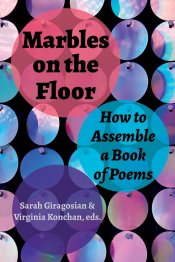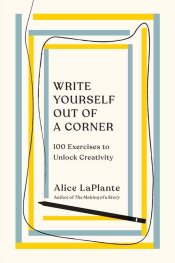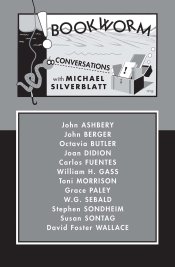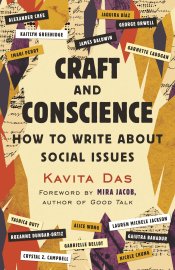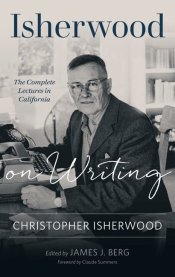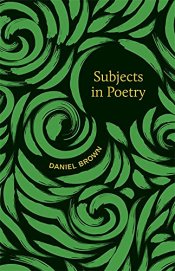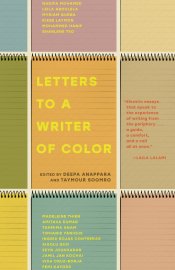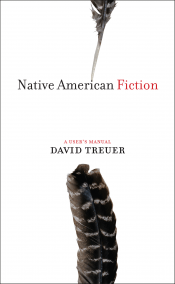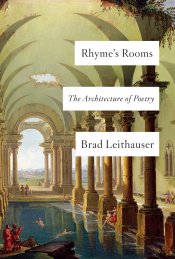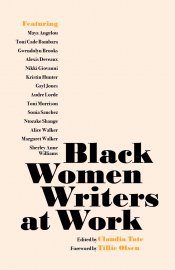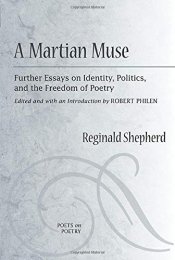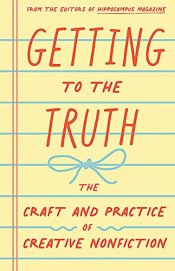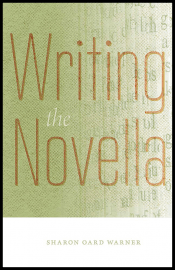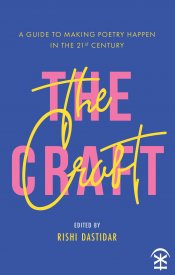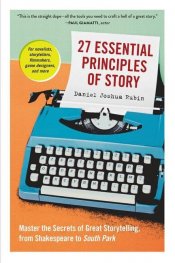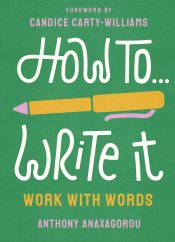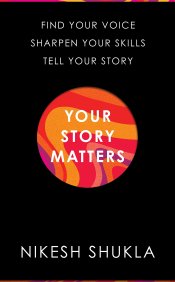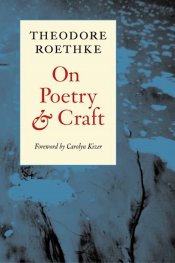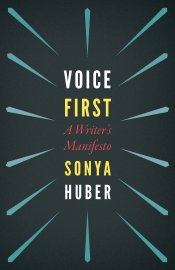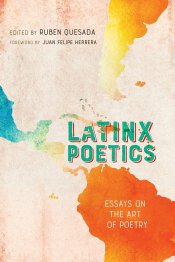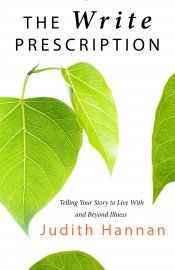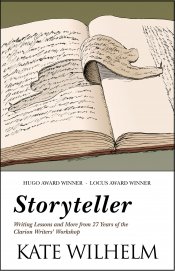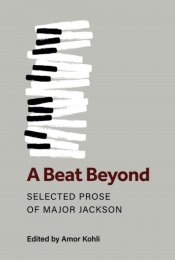Novelist as a Vocation
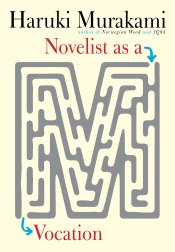
From the mind of internationally best-selling author Haruki Murakami comes this long-awaited collection of essays on the craft of writing novels and life as a novelist, first published in Japan in 2015. Through humorous, introspective, and often self-deprecating essays, Murakami shares his thoughts on the role of the novel in society, his origins as a writer, how his daily running routine affects his writing, and more. Reflecting on how he prefers not to explain his novels to others and is uncomfortable talking about his own work, Murakami writes in the introduction to these essays: “I wonder, then, how useful this somewhat self-indulgent, personal writing here—less message than record of a personal thought process—will prove to the reader. If it does turn out to be even a little useful in a practical way, I would be very pleased.”





